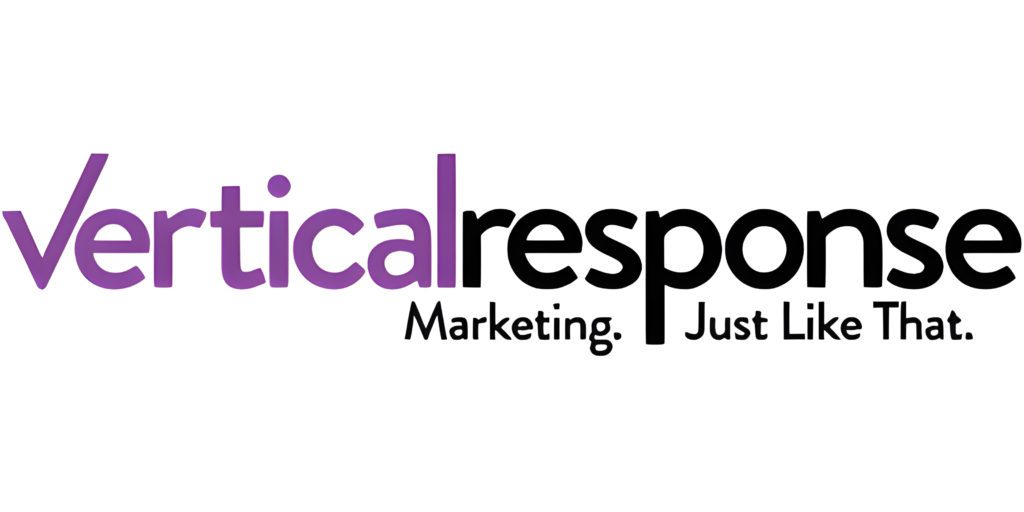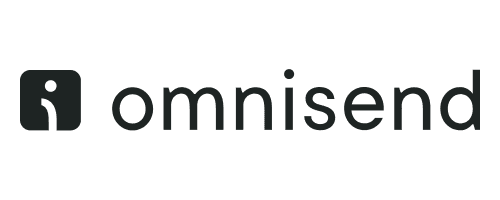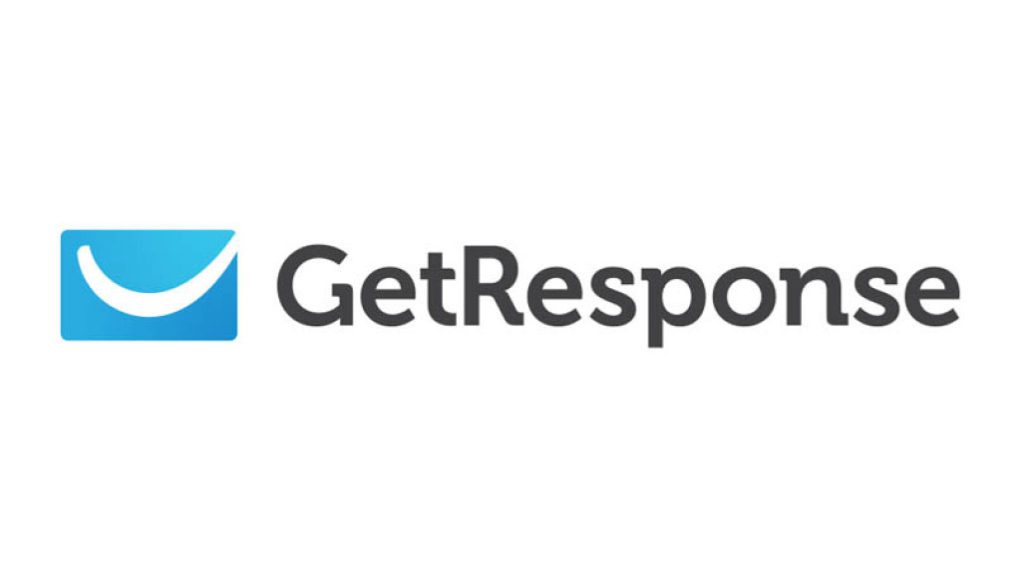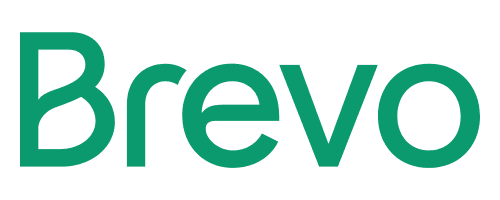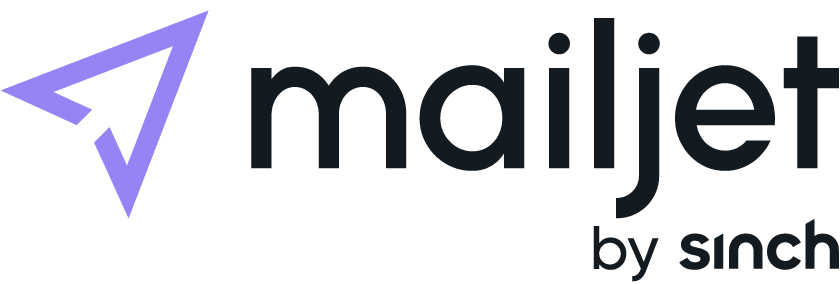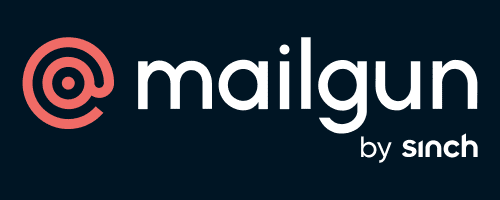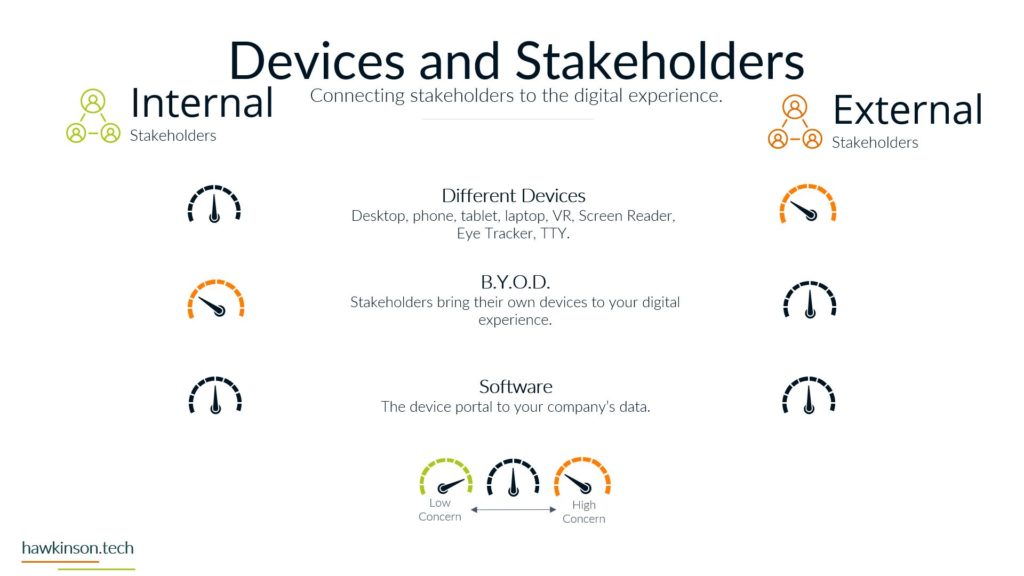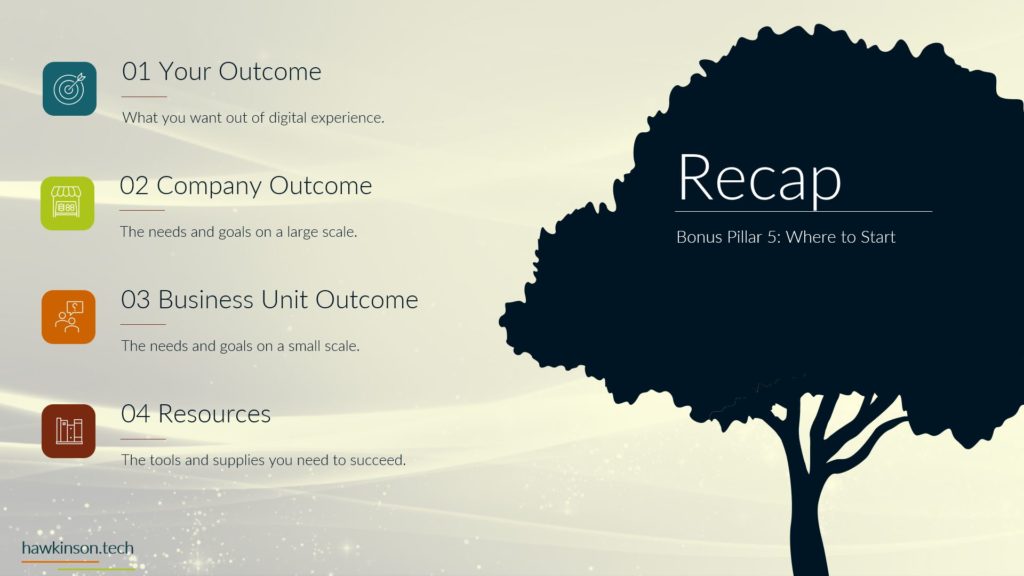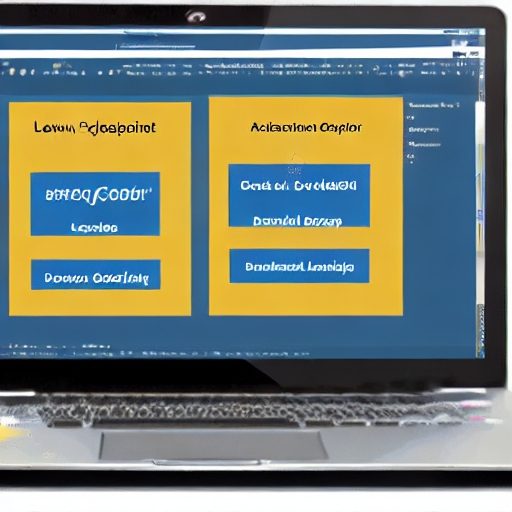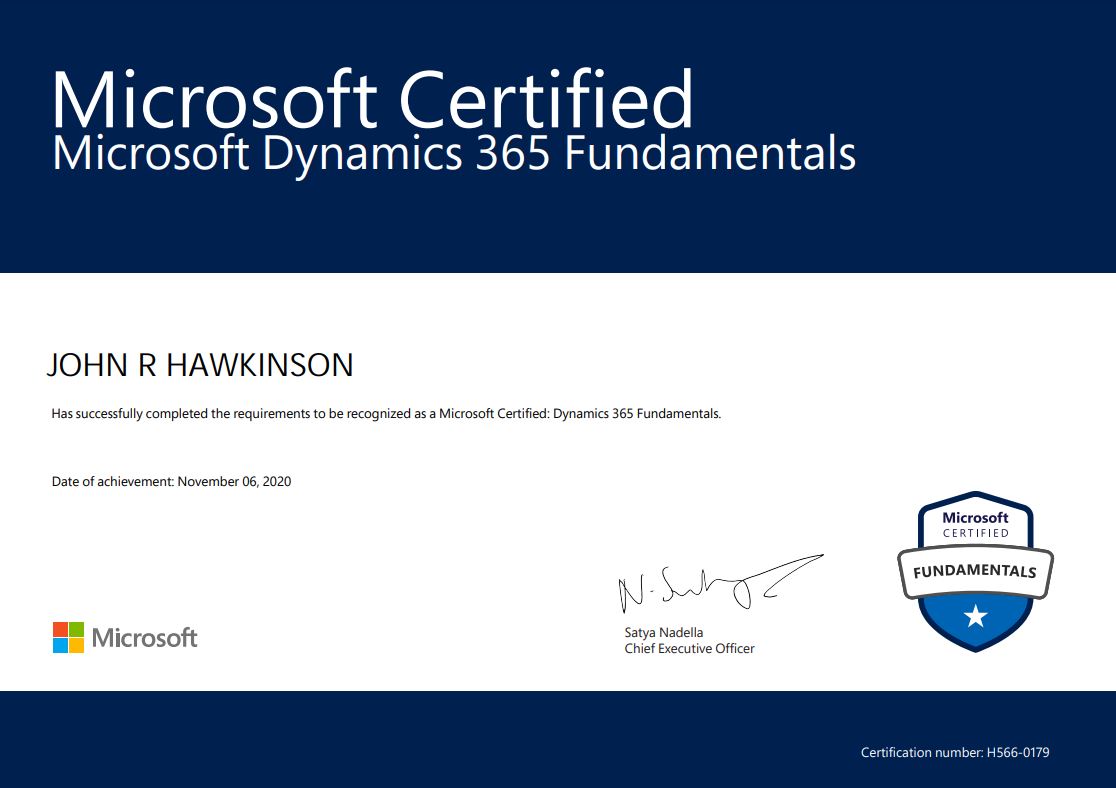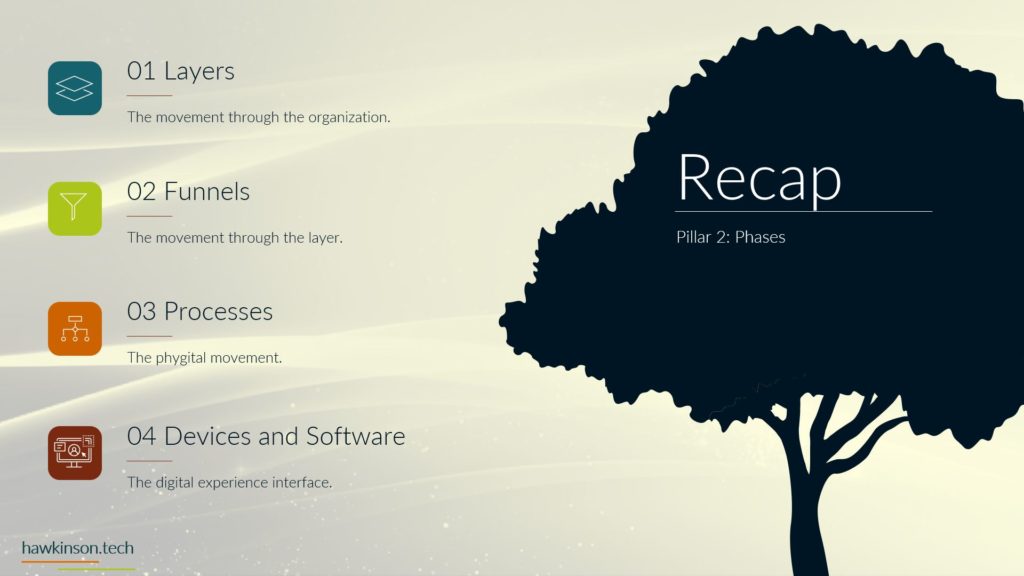The demand for effective and efficient training methods has never been greater in today’s fast-paced corporate world. Technology’s rapid advancement has revolutionized how organizations approach learning and development. One such innovation that has gained significant traction is Learning Management Solutions (LMS).
LMS platforms provide comprehensive tools and resources to streamline training processes, enhance employee performance, and drive organizational success. In this blog, we will delve into the concept of learning management solutions and explore their implementation in the corporate landscape.
What are Learning Management Solutions?
Learning Management Solutions, often referred to as Learning Management Systems, are software platforms designed to facilitate the creation, delivery, tracking, and management of various learning and training programs within an organization. These solutions provide a centralized hub for training content, assessments, and progress tracking, enabling organizations to optimize their training efforts.
Implementation Benefits of Learning Management Solutions
Enhanced Accessibility:
One of the primary advantages of implementing an LMS is the ability to provide training materials to employees anytime, anywhere. With the rise of remote work and geographically dispersed teams, LMS platforms enable employees to access training resources from their preferred devices, eliminating the barriers of time and location.
Personalized Learning Paths:
Learning management solutions empower organizations to customize training programs based on individual needs and skill gaps. Through built-in assessment tools and analytics, LMS platforms can identify specific learning requirements, allowing employees to follow personalized learning paths that align with their goals and job responsibilities. This tailored approach improves engagement and knowledge retention.
Centralized Content Management:
LMS platforms are the central repository for all training materials, including videos, documents, presentations, and interactive modules. This centralized approach ensures consistency in training content and reduces the risk of outdated or conflicting information being disseminated. Updates and revisions can be easily made, and employees can access the most up-to-date materials anytime.
Streamlined Administration:
Traditional training methods often involve significant administrative overhead, including manual record-keeping, scheduling, and reporting. Learning management solutions automate these tasks, enabling HR departments and training administrators to focus on strategic initiatives rather than mundane administrative duties. LMS platforms provide automated tracking of employee progress, generate reports, and facilitate certification management.
Enhanced Collaboration and Social Learning:
Learning management solutions foster collaboration and knowledge-sharing among employees. Through features such as discussion forums, chat functions, and social learning communities, employees can engage in peer-to-peer learning, share best practices, and seek guidance from subject matter experts. This collaborative approach promotes a culture of continuous learning and encourages employees to take ownership of their development.
Implementation Challenges and Solutions
While the benefits of learning management solutions are evident, organizations may encounter challenges during implementation. Some common obstacles include:
- Resistance to Change: Introducing new technology and shifting from traditional training methods can be met with resistance from employees. To overcome this, organizations should emphasize the advantages of the LMS, provide comprehensive training and support, and communicate the positive impact on employee growth and career development.
- Content Development and Quality: Creating engaging and impactful training content is crucial for successful implementation. Organizations should invest in instructional design expertise or partner with external content providers to develop high-quality learning materials. Regular content reviews and updates are essential to keep pace with evolving industry trends and organizational needs.
- Integration with Existing Systems: Integrating an LMS with existing HR systems, such as the Human Resource Information System (HRIS), can pose technical challenges. It is vital to ensure seamless data flow between systems to streamline processes and avoid duplication. Organizations should work closely with IT teams or LMS vendors to address integration requirements.
- Scalability and Customization: As organizations grow and evolve, the LMS should be scalable to accommodate changing needs and expand user bases. Choosing an LMS platform that offers scalability options and the ability to customize features to align with specific organizational requirements is essential. This ensures that the LMS can adapt and grow alongside the organization, accommodating increasing training demands and evolving learning objectives.
- User Adoption and Engagement: For successful implementation, organizations must focus on user adoption and engagement. Providing comprehensive training and onboarding sessions to familiarize employees with the LMS features and functionalities is crucial. Additionally, organizations can employ gamification, rewards, and recognition strategies to actively motivate employees to participate in training programs and utilize the LMS platform.
Best Practices for Implementing Learning Management Solutions
To maximize the benefits of learning management solutions and ensure a smooth implementation process, organizations should consider the following best practices:
Define Clear Goals and Objectives:
Before implementing an LMS, organizations should define clear goals and objectives for their training programs. Identify key performance indicators (KPIs) aligning with the organization’s strategic objectives. This clarity helps select the right LMS platform and design relevant training content.
Conduct a Needs Assessment:
I’d like you to perform a comprehensive needs assessment to identify skill gaps, training requirements, and learner preferences within the organization. This assessment will help tailor the LMS implementation to address specific needs and ensure that the selected LMS platform aligns with the organization’s training goals.
Select the Right LMS Platform:
Numerous LMS platforms are available in the market, each with its own features and functionalities. Evaluate different options based on ease of use, scalability, customization options, integration capabilities, and user experience. Choose an LMS platform that meets the organization’s requirements and aligns with its long-term training strategy.
Plan for Content Development and Maintenance:
Allocate sufficient resources and time for content development, ensuring it is engaging, interactive, and relevant to the target audience. Collaborate with subject matter experts and instructional designers to create high-quality training materials. Additionally, establish a process for ongoing content maintenance to keep the training content up to date and aligned with changing business needs.
Provide Comprehensive Training and Support:
To encourage user adoption and minimize resistance, provide thorough training and support to employees during the implementation phase. Conduct training sessions, create user guides, and offer ongoing support through help desks or dedicated LMS support teams. Regularly communicate the benefits and progress achieved through the LMS to keep employees engaged and motivated.
Evaluate and Measure Success:
Regularly evaluate the effectiveness of the LMS implementation by tracking key metrics and performance indicators. Assess the impact of training programs on employee performance, knowledge retention, and overall business outcomes. Use this data to refine and improve the training content, delivery methods, and LMS features to ensure continuous enhancement.
Conclusion
Learning Management Solutions has revolutionized corporate training by providing organizations with a powerful tool to streamline learning and development processes. Through enhanced accessibility, personalized learning paths, centralized content management, streamlined administration, and collaborative features, LMS platforms offer numerous benefits for organizations.
By following best practices such as setting clear goals, conducting needs assessments, selecting the right platform, planning content development, providing comprehensive training, and evaluating success, organizations can successfully implement learning management solutions and empower their workforce with effective training programs.
Embracing LMS platforms enables organizations to stay competitive in an ever-changing business landscape and foster a culture of continuous learning and growth.











